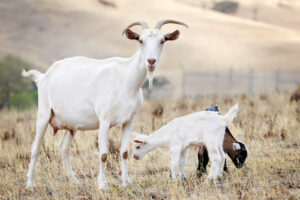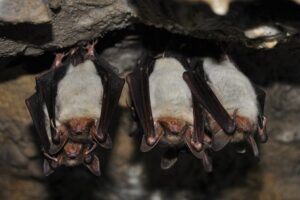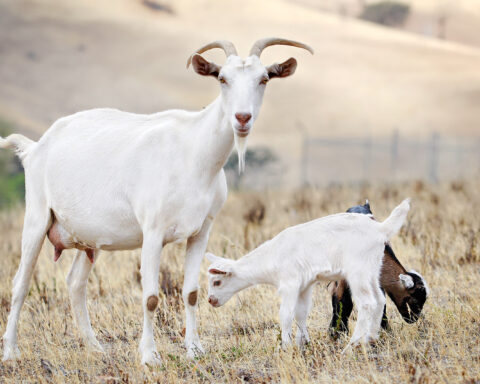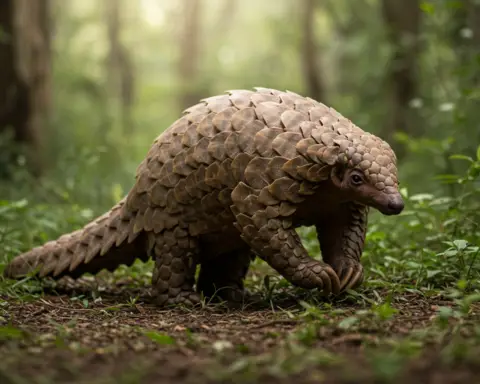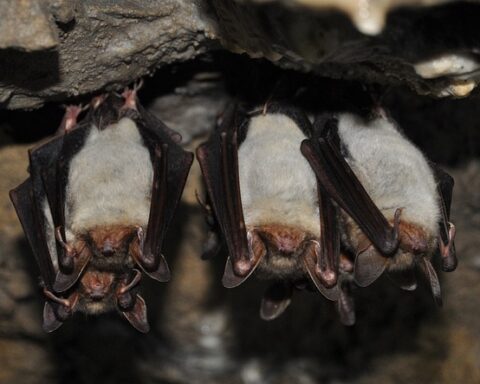Peregrine falcon eating habits revolve mostly around birds but it may also occasionally prey on fish and other small mammals. Therefore, peregrine falcon diet consists almost exclusively of medium-sized birds like small passerines, comprising 77 to 99 percent. However, at times, they may also prey on mammals, fish, insects and amphibians. In mammals, the most preferred animals are rats, squirrels and bats. They are also found to steal mice and fish from Ospreys. The habit of peregrine falcon eating prey does not remain constant but it varies with different kinds of habitats.
What Do Peregrine Falcons Eat – Peregrine Falcon Diet –
- In treeless regions of tundra, they prefer to eat shorebirds, ducks, snow buntings and longspurs (passerines) and ptarmigan.
- In boreal or snow forests, they tend to prey mainly on thrushes, jays, woodpeckers and shorebirds (or waders).
- On coastal marine areas, they usually eat alcids, waterfowl, podicipe-dids and procellarids.
- On interior continental, the falcons prey on passerines, columbids and swifts.
- In urban areas, they feed on columbids, rails, passerines and cuckoos. They are often found to prey on pigeons and doves in temperate continental climates.
- Peregrine falcons are also found to kill larger birds like Sandhill Crane, small Canada goose and bald eagle, though most likely not for eating.
Do Peregrine Falcons Eat Fish?
The food of a peregrine falcon in North America comprises 429 bird species, 4 fish species, 13 species of mammals and 10 species of bat. Among insects, the prey mainly includes crickets, damselflies, grasshoppers and dragonflies. All in all, the falcon eats around 1,500 to 2,000 bird species around the world.
You might be interested in
Peregrine Falcon Eating Pigeon – What Do Peregrine Falcons Eat
Source:
White, Clayton M., Nancy J. Clum, Tom J. Cade and W. Grainger Hunt. 2002. Peregrine Falcon (Falco peregrinus), version 2.0. In The Birds of North America (P. G. Rodewald, editor). Cornell Lab of Ornithology, Ithaca, New York, USA. https://doi.org/10.2173/bna.660

